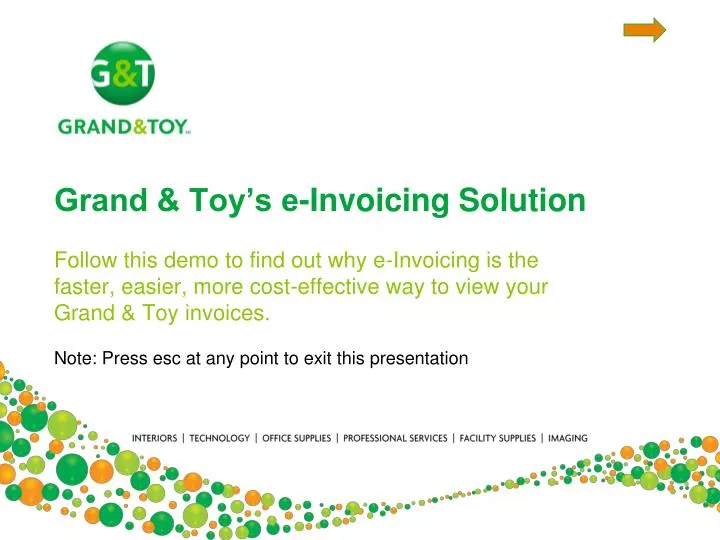

Why NetSuite All you want and need to know about the world’s #1 cloud ERP software.

Webinars Live and on demand videos with NetSuite expert tips and tricks.Blog & News The latest thoughts on and developments in ERP and smart growth.All Resources News, insights and best practices to help you succeed.Renewables Software solutions for businesses in renewable energy.Digital Commerce Customised solutions for e-commerce challenges.Specialised Manufacturing Tailor made software solutions for manufacturing companies.Become a partner Join our partner network as a reseller of Fast Four SuiteApps.sFTP Securely move files in and out of NetSuite.Credit Card Import Import credit card statements with the use of a single tool.Bank Reconciliation Import and auto-match bank statements in NetSuite.Scan & Capture The OCR tool to automate vendor bill processing in NetSuite.NetSuite Support Desk Ongoing technical support from the best in-house experts.NetSuite Development Integrations, customizations and add-ons by our in-house team.NetSuite Consultancy Implementation assistance, training, assesment and more.NetSuite Implementation Getting started with NetSuite from scratch, the Fast Four way.ERP Selection Defining the perfect ERP solution for you.Electronic invoices are automatically generated in the supplier’s ERP system before being transmitted to the SDI by web-service.We help ambitious companies tackle the bottlenecks of growth, through scalable ERP solutions.Penalties for not complying with FatturaPa range from 90% to 180% of the VAT not correctly documented. If the invoices are issued in a different way in accordance with the specifications given by the Italian tax authorities, the invoice is considered omitted, and penalties will be applicable. Otherwise, they are considered not issued. Electronic invoices must always be sent to their customers through the SDI.

To fill an electronic invoice, you need software that allows the compilation of the invoice file in XML format, as required by the Revenue Agency provision of 30 April 2018. The electronic invoice requirement in Italy, introduced by the 2018 Budget Law, applies to both B2B and B2C operations. Ģ019: Mandatory e-invoice in Italy for all business-to-business (B2B) and business-to-consumer (B2C) transactionsįrom January 1 st 2019, all invoices issued following the sale of goods or provision of services carried out between entities resident or established in Italy must be electronic invoices.
E invoicing solution code#
SDI code s represent the tax status of the transaction. The transmission relies on the unique identification code of the office to which the invoice is addressed, and which can be found in the Index of Public Administrations. The authenticity of origin and the integrity of the provided content are guaranteed by the person who issues the invoice by affixing a certified electronic signature or digital signature. Taxpayers provide the mandatory and voluntary information required by the structured invoice in a digital XML format. The SDI only accepts the standardized FatturaPA format, which is set by the Italian Revenue Agency ( Agenzia delle Entrate ). Authorities only accept e-invoices through the Sistema di Interscambio (SDI), which is the official exchange system.Īccording to the government, the main purpose of these measures is to reduce VAT fraud, optimize internal accounting processes of businesses, and make communication between the government and taxpayers easier. It is the only type of invoice that is accepted by government bodies. FatturaPA is the name of the electronic invoice in Italy for public administration.

In 2014, the Italian government introduced mandatory business-to-government (B2G) e-invoicing for suppliers to public administration and government offices.


 0 kommentar(er)
0 kommentar(er)
